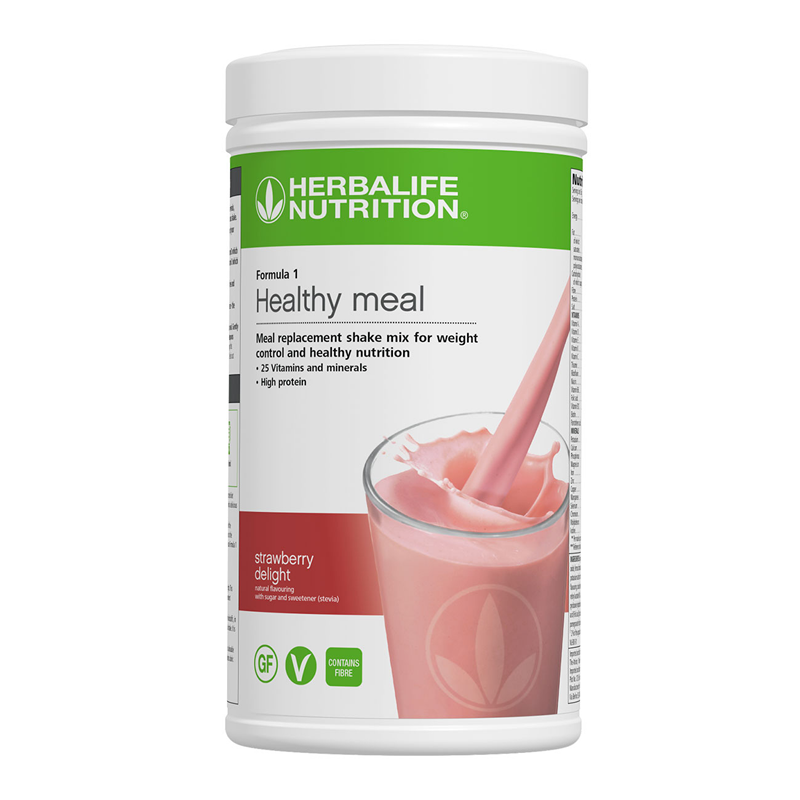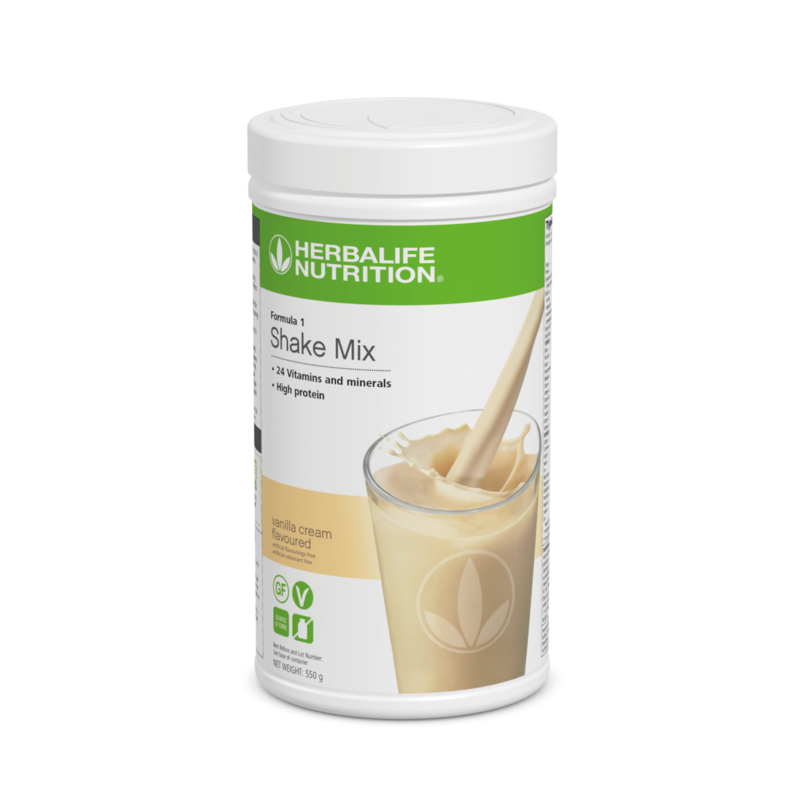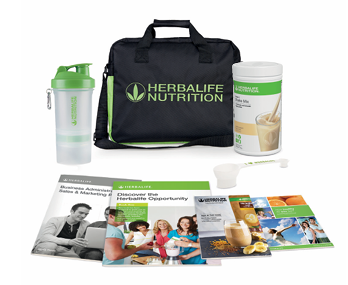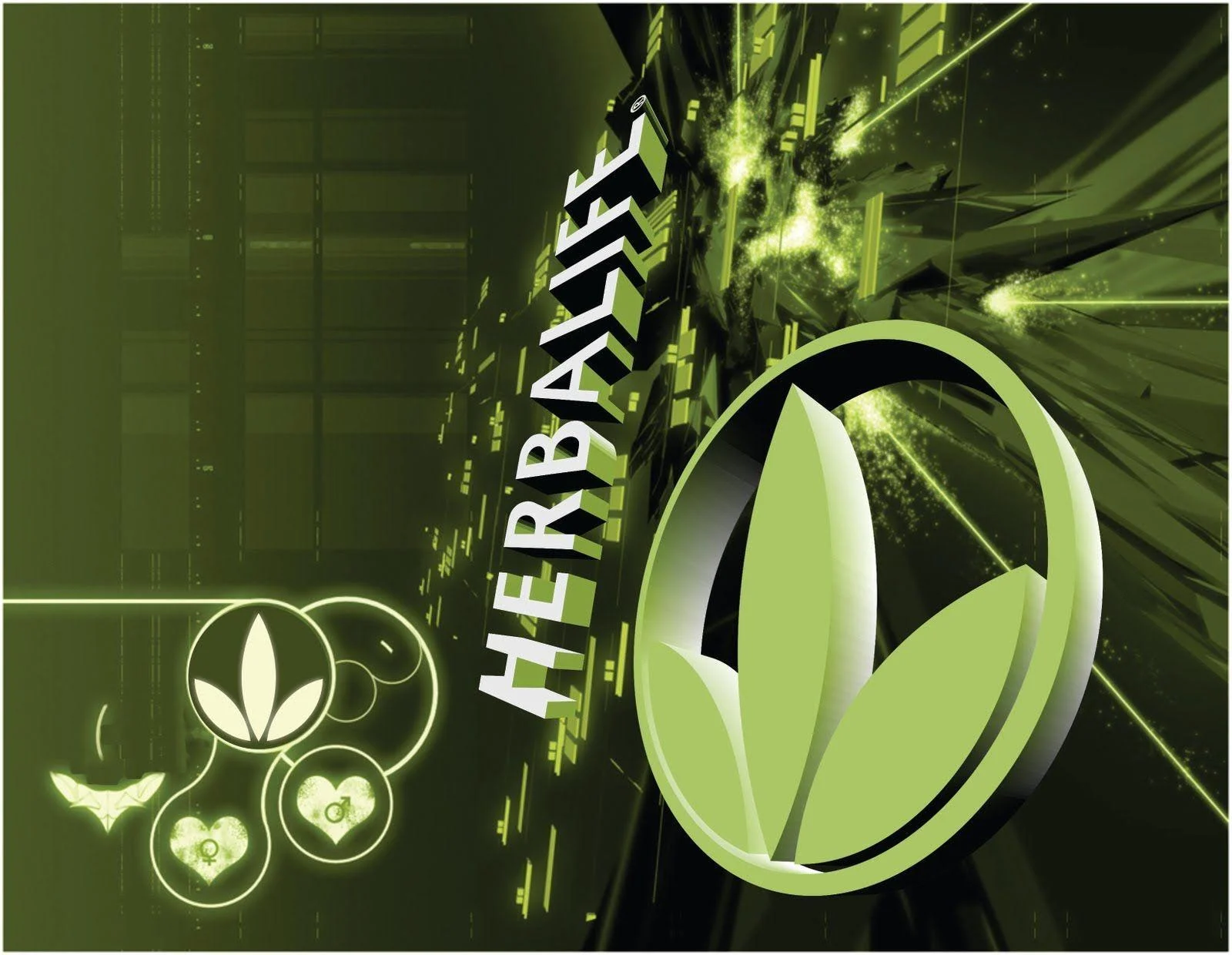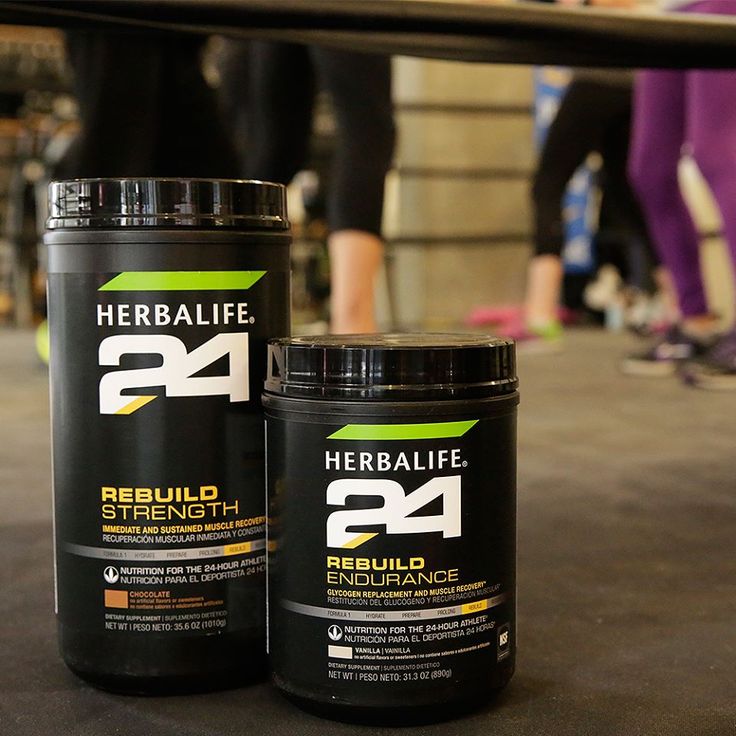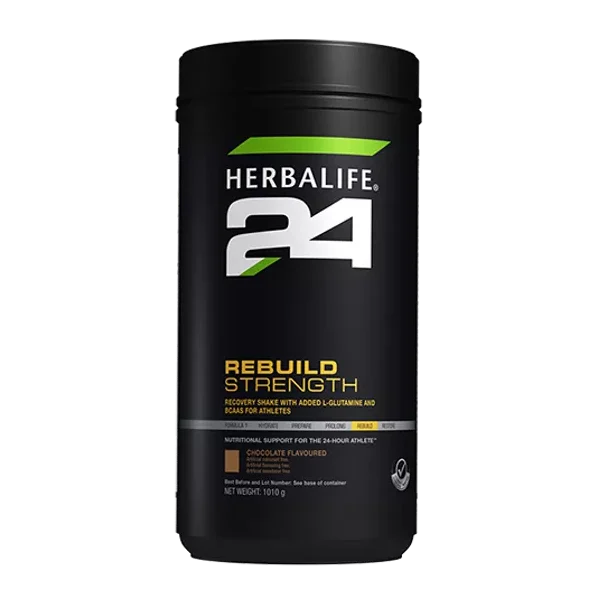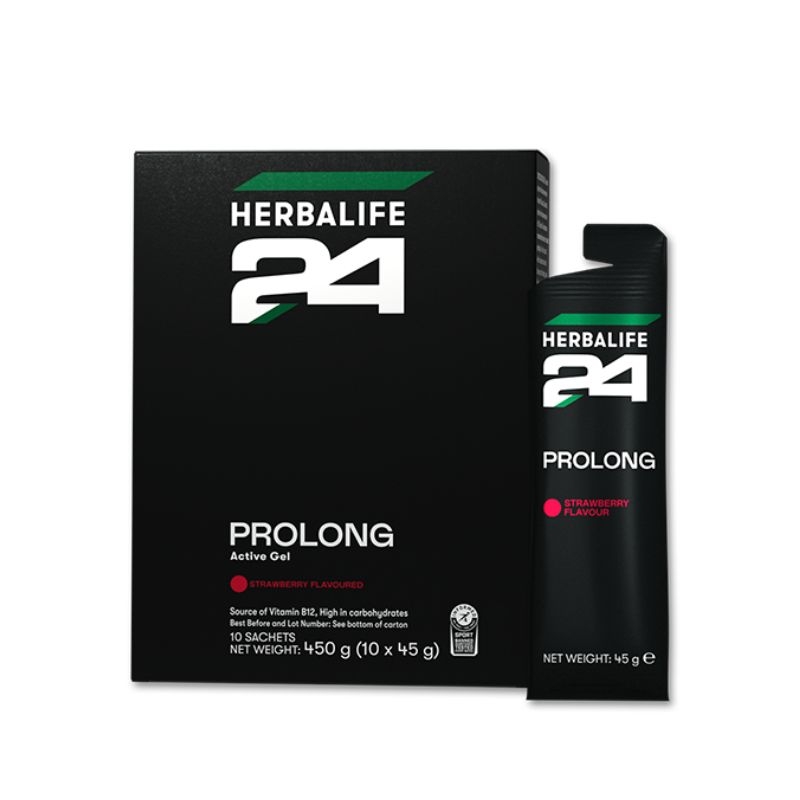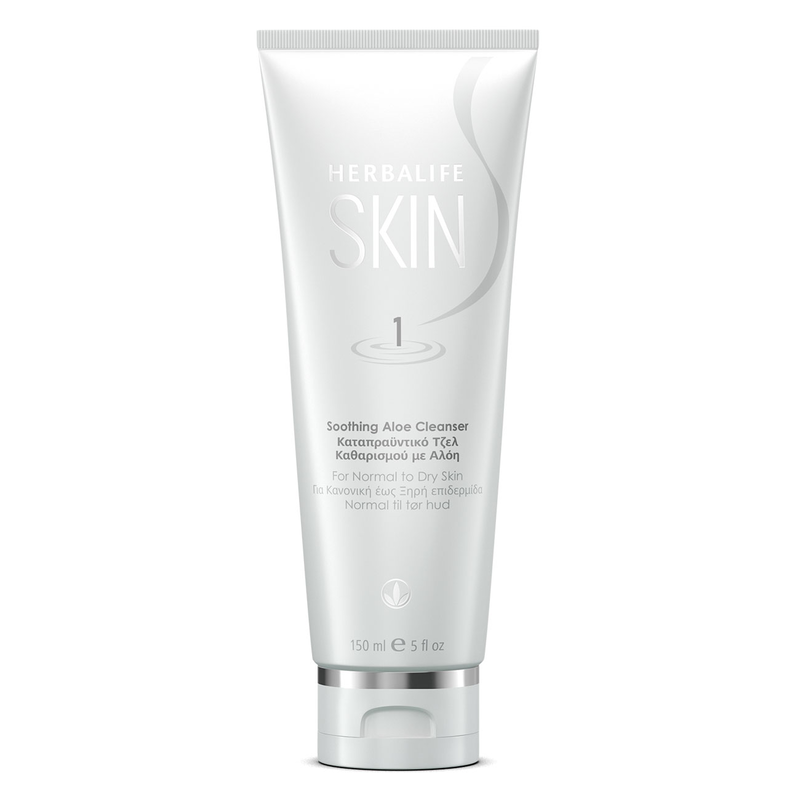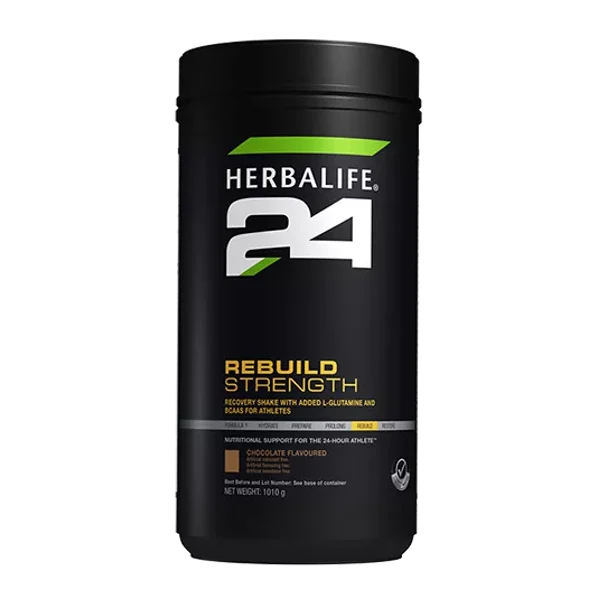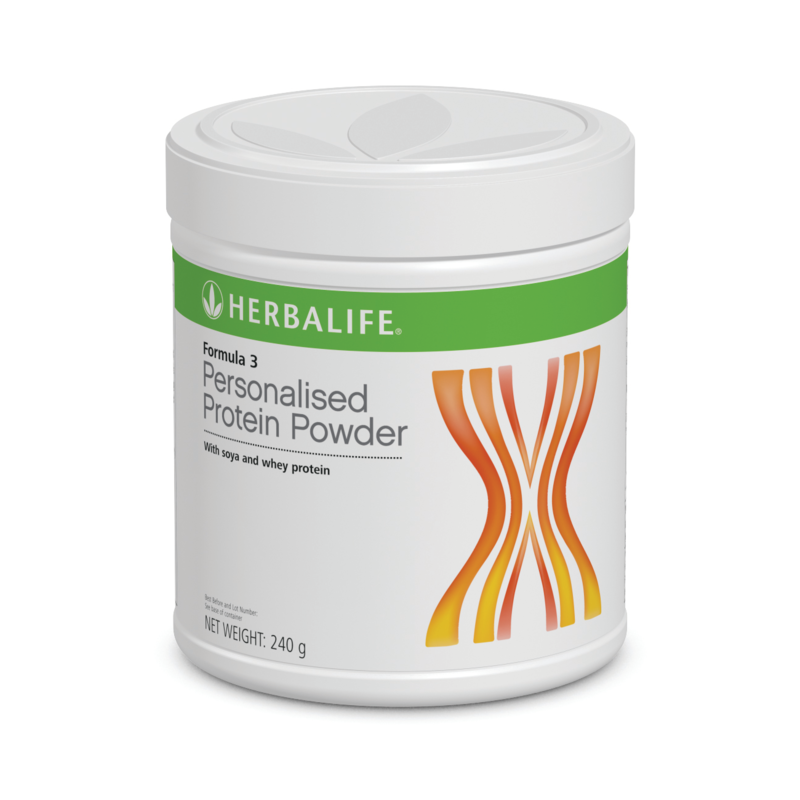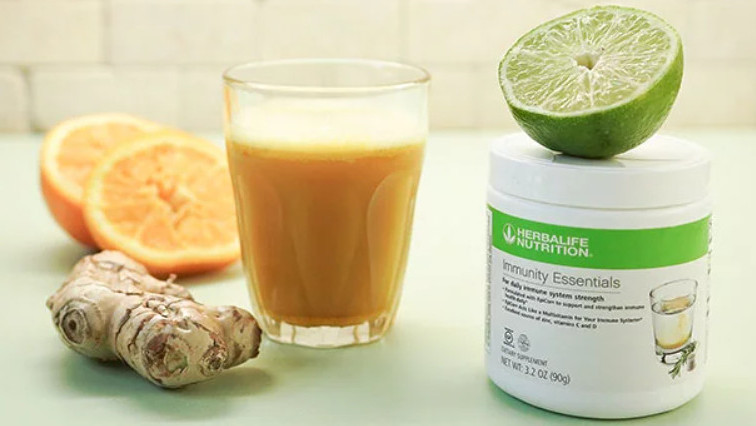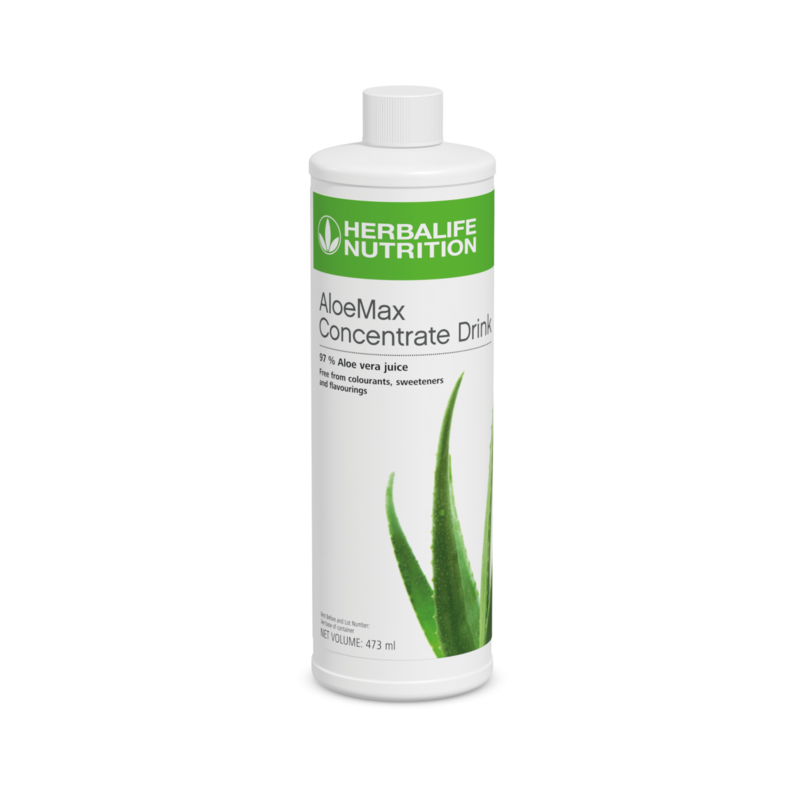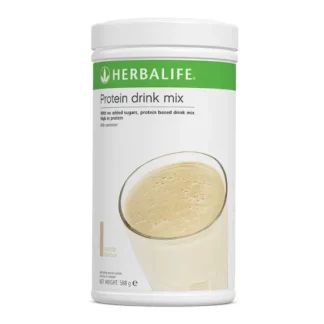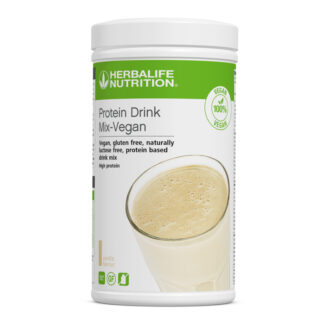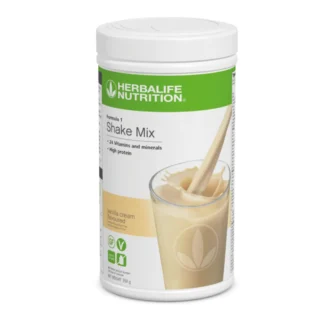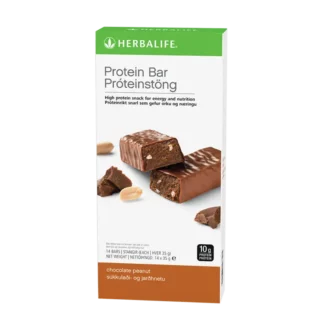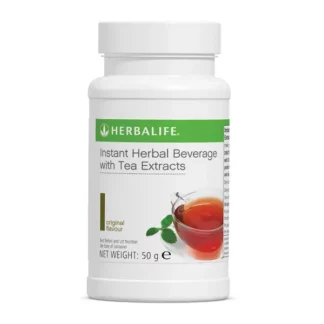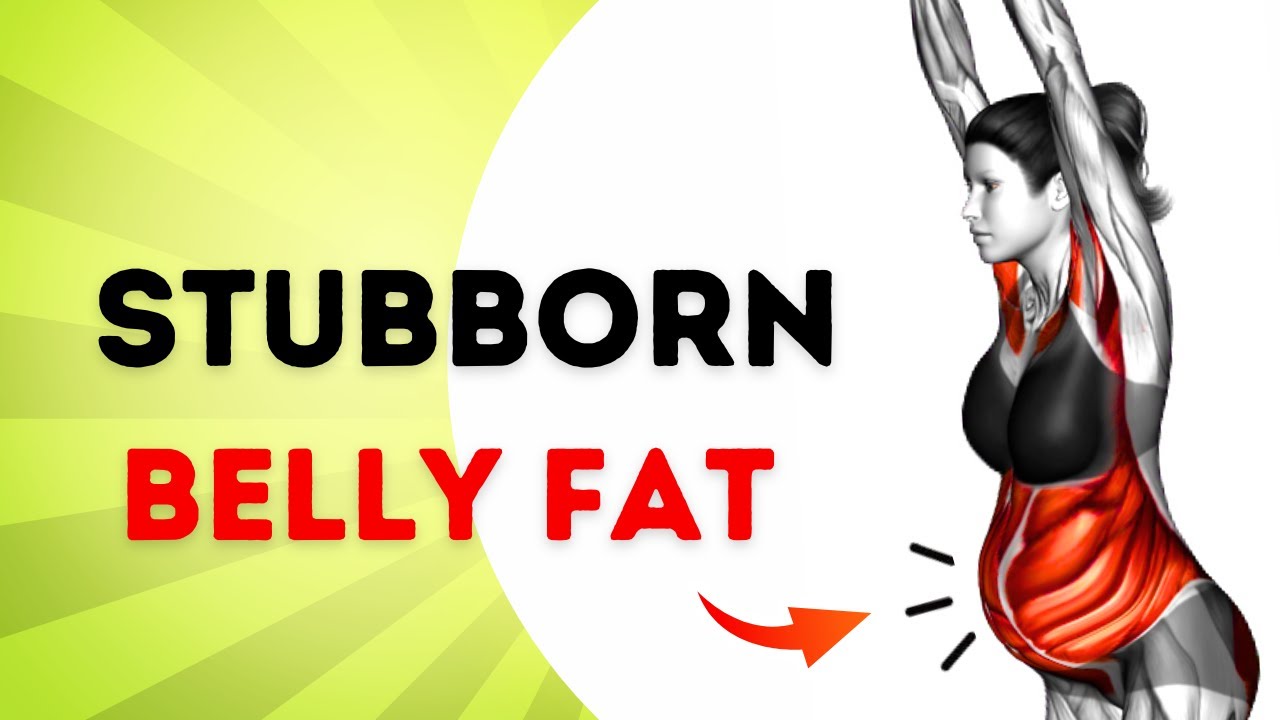
If you’re looking to shift that stubborn belly fat, especially here in South Africa where lifestyle, weather and food culture all play a part, you’ll want a smart, realistic approach—not miracle fixes. While no product alone can spot-reduce fat, certain nutritional tools can support a calorie-controlled diet, help you manage hunger, boost metabolism and stay consistent. Here’s a breakdown of how some Herbalife products can fit into a well-rounded fat-loss plan, along with tips to maximise your results.
Why Belly Fat Is Often Tougher Than You Think
Before jumping into products, it helps to understand why belly fat can be so stubborn. Here are some key things to keep in mind:
- Energy balance still rules – To reduce body fat, you must be in a calorie deficit (burning more than you consume) over time.
- Hormones & stress matter – High cortisol (stress hormone) may promote fat storage around the mid-section.
- Visceral vs subcutaneous fat – Belly fat includes both the superficial fat under your skin and deeper visceral fat around organs. The visceral kind has stronger links to metabolic risk and often needs consistent lifestyle changes to reduce.
- Lifestyle in SA context – South African diets can be rich in carbs, sugars, and fat (braais, starchy sides, sugary drinks). Our environment, commuting, working hours and socialising add extra challenge.
- Sustainable changes win – Approach must allow you to stick with it. Quick fixes seldom last; consistency across weeks and months matters.
With that foundation, let’s highlight some Herbalife products available in South Africa that may support your fat-loss journey, especially targeting the belly area (by supporting overall fat reduction and body composition). Remember: products are tools, not standalone solutions.
Top Products to Consider
Here are five key Herbalife products that many users in South Africa find helpful when used sensibly, along with how they can contribute.
1. Herbalife Formula 1 Shake Mix
This is one of the flagship meal-replacement shakes. In the South African market, it’s described as: “< 220 calories per serving … a convenient alternative to a high-kilojoule breakfast, lunch or dinner.”
How it helps belly fat reduction:
- When you replace a regular, perhaps carb-heavy or high-fat meal with a controlled-calorie shake, your total daily kilojoules may drop – a key factor in fat loss.
- It contains ~17-18 g of protein per serving, plus fibre, which helps you feel fuller and manage hunger.
Tips for South Africa: - Use it to replace one major meal (e.g., lunch) while eating two balanced meals of whole foods.
- Add local ingredients: for example, blend with a South African banana or berries, and use low-fat milk or fortified soy milk.
- Be mindful: even shakes can add up if you keep your normal meals heavy. Pair it with sensible choices.
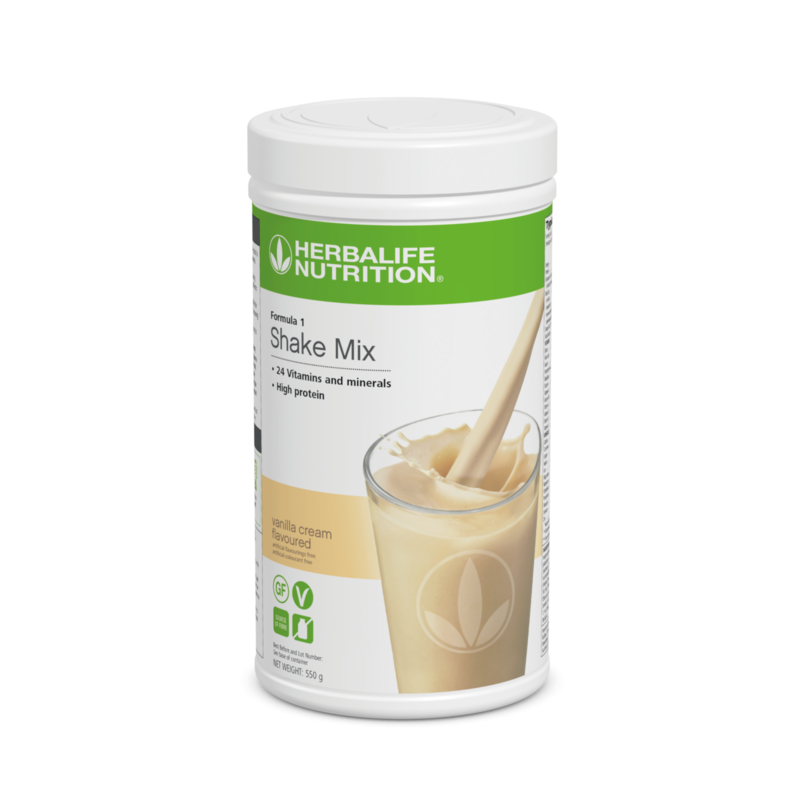
2. Herbalife Instant Herbal Beverage
This is a low-kilojoule herbal tea/infused beverage option available in SA: “Low in kilojoules (approx 26 kJ per serving) … a unique blend of green and black tea, malva flower, hibiscus flower and cardamom seed.”
How it helps:
- Encourages fluid intake (important for metabolism and digestion).
- Lower-kilojoule alternative to sugary drinks, which are often fat-promoting.
- The green/black tea extracts may have mild thermogenic (fat-burning) effects (though not huge).
Tips: - Replace one sugary or high-kilojoule drink (e.g., fizzy drink, store-bought iced tea) with this beverage.
- Enjoy it hot or cold (our South African climate sometimes motivates cold drinks).
- Use as part of your “hydration + low-kilojoule choice” strategy.
3. Herbalife Fibre & Herbs
According to the SA product listing: “A nutritional supplement to help you increase your daily fibre intake of 25 g per day … supports digestive health.”
How it helps belly fat reduction:
- High-fibre diets help with satiety (feel fuller) and may help reduce overeating.
- Healthy digestion and elimination support helps overall metabolic health; while not a direct belly-fat tool, it supports the broader process.
Tips: - Use this supplement in addition to fibre-rich whole foods (vegetables, legumes, whole grains).
- Drink plenty of water — fibre works best with fluid.
- Remember: fibre supplement ≠ substitute for whole-food fibre.

4. Herbalife Thermo Complete
From the product information: “A unique blend of naturally-sourced caffeine from green tea and yerba mate … source of vitamin C and contains 85 mg of caffeine per serving.” herbalworx.co.za+1
How it helps:
- Caffeine may give a small boost to metabolic rate and fat oxidation (especially if combined with exercise).
- It can also help provide energy for workouts (important for burning calories).
Caveats / Tips: - Use with caution: caffeine tolerance, sleep quality, and any health conditions matter.
- Not a magic bullet — the boost is modest.
- Combine with exercise (for example a brisk walk, gym session, or home workout) to maximise effect.
5. Herbalife Personalised Protein Powder (F3) or Protein Drink Mix
Protein is critical when you are losing fat — to maintain lean tissue, support metabolic rate and help with fullness. SA sources list options like “Personalised Protein Powder … easy way to boost your protein intake” and “Protein Drink Mix – 15 g high quality protein …”
How it helps belly-fat reduction:
- Higher protein diets support fat loss (while preserving muscle) which in turn helps increase your metabolic “engine”.
- A better body composition (higher lean mass, lower fat mass) often means less belly fat over time.
Tips: - Ensuring adequate daily protein: for many South African women aiming for fat loss ~1.2-1.6g per kg bodyweight is a common suggestion (discuss with a dietician).
- Use the protein powder to top up your protein intake if your meals are low in protein.
- Avoid using it as a reason to eat more junk — it’s supplementing, not replacing good meals.
How to Combine Products Into a “Belly-Fat Focused” Routine
Here’s a simple sample routine tailored for a South African context (adjust as needed for your schedule, budget and food preferences):
- Morning: Replace your usual breakfast (which might be high-GI cereal or toast) with the Formula 1 Shake Mix (with low-fat milk or fortified soy milk + a handful of berries or banana).
- Mid-morning: Have the Instant Herbal Beverage instead of a sugary drink or coffee with lots of sugar.
- Lunch: Regular whole-food meal: lean protein (chicken/lean beef/fish/plant-based), plenty of veg, moderate whole grains (e.g., brown rice or quinoa).
- Afternoon: If you feel hunger, use the Protein Drink Mix (or add Protein Powder to a snack) + fibre supplement (Fibre & Herbs) with water.
- Pre-workout (if exercising): Consider Thermo Complete (caffeine blend) ~30 minutes before a brisk workout or gym session — 20-30 minutes of resistance + cardio can help burn more.
- Dinner: Balanced but not huge — lean protein, plenty of vegetables, moderate carbs, minimal sugary drinks/desserts.
- Fluid intake: Drink ~2-2.5 litres of water daily (important for digestion + fibre function). Replace one “drink” choice with the Instant Herbal Beverage.
- Sleep & stress: Aim for 6-8 hours of sleep, manage stress. This supports hormone balance (including cortisol) which influences belly fat.
Addressing The South African Angle
- Food culture: We love braais, pap, boerewors, social occasions. Fit in treats but prioritise whole foods most meals.
- Budget & access: Some Herbalife products may be more expensive in South Africa (imported, etc). Choose wisely and prioritise your staple meals + behaviour change first.
- Local environment: Hot climate, active lifestyle — make sure hydration and outdoor activity are part of your plan.
- Support & accountability: Use local communities, gyms, walking groups, or online platforms to stay motivated. Lifestyle change is easier with support.
A Few Important Disclaimers
- These products are not magic — they assist a sound diet and active lifestyle. No shake or pill will melt belly fat while you eat high-calorie, high-sugar meals and remain inactive.
- Always consult your healthcare provider before starting any weight-management programme, especially if you have medical conditions (e.g., diabetes, hypertension, kidney issues).
- Ensure you’re buying genuine products from authorised SA distributors. Be wary of exaggerated claims like “lose 10 cm in a week” — sustainable fat loss is moderate (e.g., 0.5-1% bodyweight per week).
- Remember: fat loss happens across the body — you cannot choose to lose fat only from your mid-section. Reducing overall body fat will gradually reduce belly fat too.
Final Thoughts
For someone in South Africa eager to reduce stubborn belly fat, the combination of these Herbalife-style tools (meal-replacement shake, low-kilojoule beverage, high-fibre supplement, protein supplement and a modest caffeine/metabolic-boost aid) can be very useful — provided they are integrated sensibly into a broader approach:
- Focus on your daily caloric intake and quality of food.
- Prioritise protein, fibre, hydration and movement.
- Use these products as supportive tools (not shortcuts).
- Stay consistent — belly fat reduction takes time.
- Track your progress (measurements, how your clothes fit, how you feel) rather than rely solely on the scale.
If you’d like, I can pull together a 4-week sample plan using these products (with local South African meal ideas) to help you get started. Would you like that?

